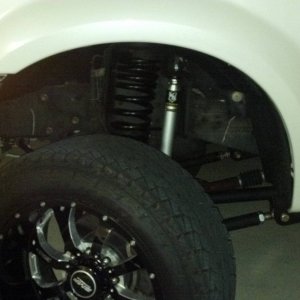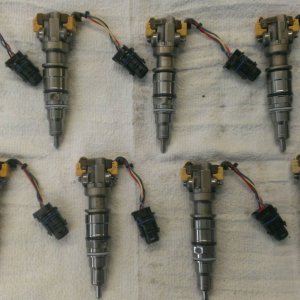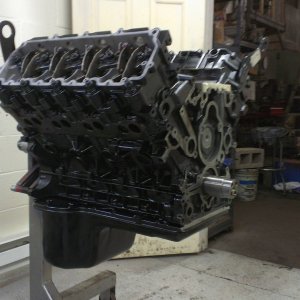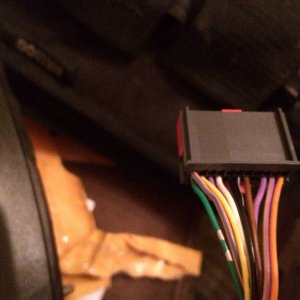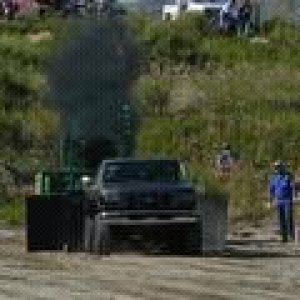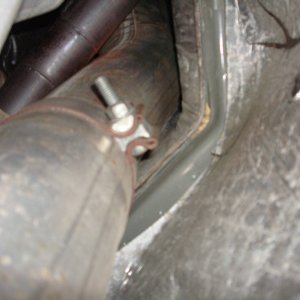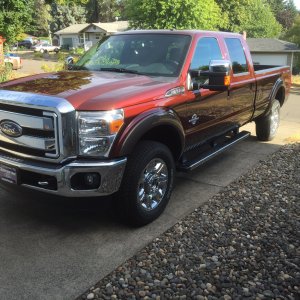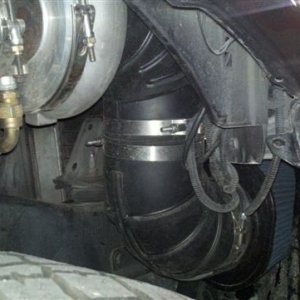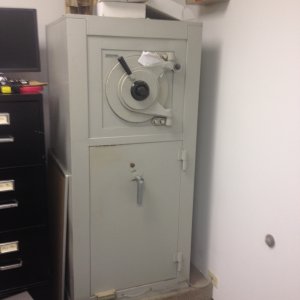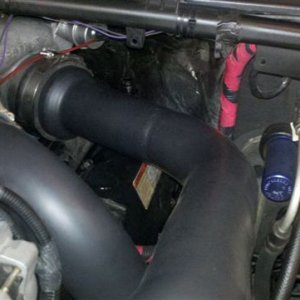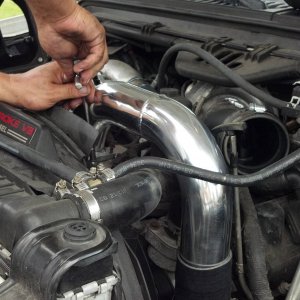i was assuming this, considering it doesnt take alot of fuel to burn 425 horses, the pw could be very short @ 3000 psi. i apprecite the insight, most know the bigger power trucks praise what an oversized nozzle can do in any situation. So i wanted to see the affects at a lower level.
i would believe egts on the 200 nozzle would be low as well.
My experience with the 200% nozzles has been drastically reduced EGT's. I have a stock-ish tune that I use for emissions testing that puts out about 240hp to the rear wheels. At WOT going uphill at 6,000 ft. elevation, I can just barely crack over 900* F on the pyro gauge. That's how cool they run.
My DD tune dyno'ed 310hp, about the same as a stock truck with a race tune. EGT's there at WOT won't even reach 1100 degrees. Again much cooler than you'll find on a stock truck running a race tune. I only use that tune as a fail safe when towing heavy in the mountains, but even then I rarely use it. Mostly it's for the wife when she is pulling trailers.
does some know the injection math to figure out PW. id be interested to see the PW differences between 100/200 nozzles. 170cc @ 3000psi ??
Depends on the injector. But let's say a 238cc hybrid as an example, and I'm just using rough examples here....
To reach say 425hp on that injector, you'll need around 2.75 ms of pulsewidth with a 100% nozzle at 3,000psi of ICP. Throw a 200% nozzle on there, and you'll cut it down to about 2ms with everything else being equal.
At say 3000 RPM's, that .75 ms difference translates roughly to almost 13 degrees of crank rotation.... assuming my math is correct on my fried brain.
Again, that's simply peak power. To make a PMR motor live, the fueling at lower RPM's needs to be controlled, as well as the fueling as you dive into the pedal.


